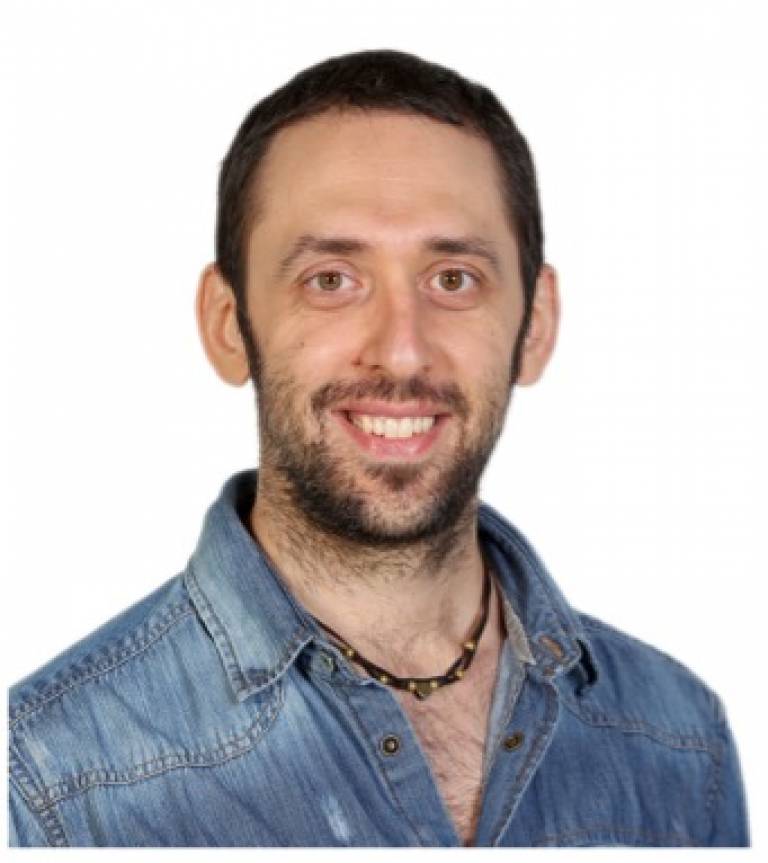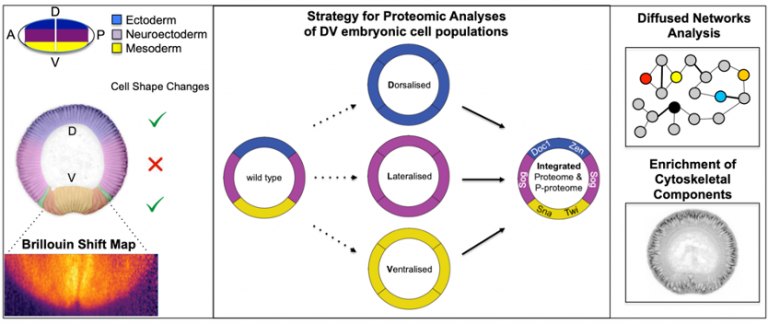IPLS/BioP Seminar: Dr. Juan Manuel Gomez (Maria Leptin Group, EMBL Heidelberg)
07 September 2022, 11:00 am–12:00 pm

Title: Brillouin microscopy meets proteomics: An integrated approach to study the determination of mechanical properties of Drosophila embryonic cell populations
Event Information
Open to
- All
Organiser
-
IPLS
Location
-
2nd Floor Seminar Room (2.30), LMCBMRC BuildingGower StreetLondonWC1E 6BT
Abstract: Morphogenesis results from coordinated cell behaviours. Drosophila gastrulation is a well-studied example of such coordination, in particular between the different cell populations along the embryonic Dorso-Ventral (DV) axis. Gastrulation is initiated by the formation of a ventral furrow that internalises the mesoderm, causing a progressive reduction in the embryonic surface. The rest of the DV cell populations compensate for this morphological change with different cell shape responses, which are indicative of particular mechanics. To understand how cell fate determines mechanical properties, we combined non-contact Brillouin microscopy to visualise mechanical properties at high spatial and temporal resolution, with the unbiased study of the proteomes and phospho-proteomes to explore how DV cell populations are biochemically different. The analysis of Brillouin shift maps indicated an increase in the stiffness of tissues engaged in myosin-dependent tissue folding events. Our proteomic analyses identified 6111 proteins, 1847 phosphorylated proteins, and 6259 phosphosites across the DV cell populations during the 15’ time-window in which the mesoderm is internalised. Diffused networks analysis within the DV regulation classes that emerged from the hierarchical clustering of proteins and phosphosites indicated an enrichment of cytoskeletal components, including microtubule-binding proteins. We are currently evaluating the role of these cytoskeletal candidates in determining the measured changes in mechanical properties during gastrulation.

Host: Yanlan Mao
 Close
Close

